Kashmir
Pari Mahal Srinagar Kashmir
Mother Masala Tours
The Palace of Fairies
Pari Mahal Srinagar Kashmir. Situated in the Zabarwan Mountain range, offers a beautiful view of Dal Lake. Known as "The Palace of Fairies," this outstanding edifice serves as a testament to the Mughal Empires magnificence and Islamic art. Built in the mid-17th century, the palace was commissioned by Dara Shikoh, the eldest son of Emperor Shah Jahan, around 1640. The palace reflects Dara's intellectual curiosity and spiritual inclinations, revealing a wonderful blend of history, art, and nature. The carefully designed gardens and ancient water channels invite exploration, while legends and folklore enrich our experience.

Pari Mahal Srinagar Kashmir: Sacred Spaces
Dating back to the mid-17th century, it epitomizes the beauty of the Mughal Empire. With a population exceeding one million, the community values this place as a historical and cultural heritage site. As we explore the gardens, we find striking water channels, terraced layouts, and stunning floral arrangements that replicate the intricate designs of Mughal gardens, connecting us to history. The palace includes remnants of ancient artifacts such as decorative tiles, water features, and inscriptions.
Ancient Mosaics: Impeccable Craftsmanship
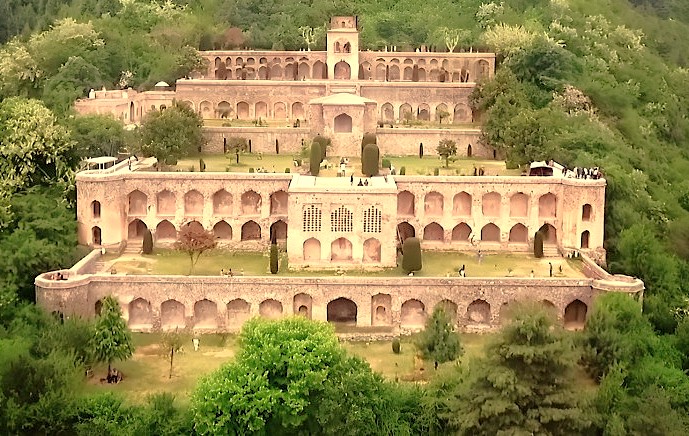
During the reign of Emperor Shah Jahan, the construction began around 1640, guided by Dara Shikoh, his eldest son. Initially intended as an observatory and a retreat, the architectural features display artistic brilliance reflective of the era's craftsmanship. The intricate design elements derived from Persian influences are evident in the terraced gardens, arched pathways, and water channels. The stone carvings and floral motifs are testaments to the skills of local artisans who dedicated themselves to meticulous detail.
The Pulse of the Local Community
Pari Mahal Srinagar Kashmir. The residents of Pari Mahal Kashmir, emphasize collective responsibility in preserving their heritage, fostering a shared identity that connects them to Pari Mahal. Engaging with local residents provides insight into their daily lives and cultural practices, enriching our experience as we learn about their commitment to maintaining the palace and its surrounding gardens. Their dedication to preserving historical narrative plays a crucial role in not only safeguarding their culture but also in creating an environment where visitors feel at home, bridging the gap between history and today.
Capturing the Magic: A Photographic Haven
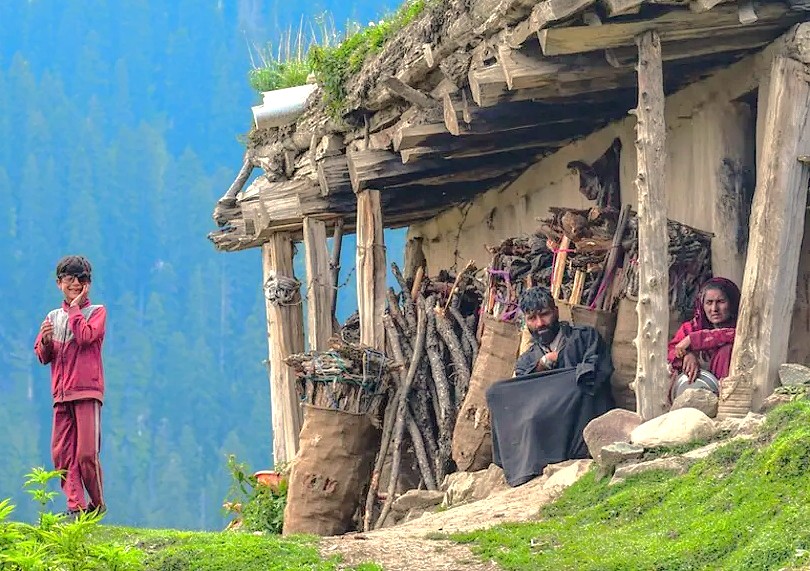
Walking through the grounds of the Mahal provides truly countless opportunities for photography enthusiasts, allowing us to expertly document the unique beauty of the palace and its magnificent surroundings. Each creative angle reveals something new: capture the soft interplay of light on the ancient stone carvings, the vibrant hues of the meticulously maintained seasonal flowers, and the clear reflections shimmering in the tranquil water channels. The location is especially photogenic during the golden hours. Both early morning and late afternoon light dramatically enhance the stone.
Resilience and Renewal: Overcoming Adversity’s Challenges
History reveals that the Mahal has endured many adversities over the centuries, reflecting the tenacity of both the structure and the local populace. During the 1947 conflict, disturbances affected the stability of many regional sites, yet the commitment to restoration persisted. The palace faced significant neglect, yet local efforts spearheaded by cultural enthusiasts led to their preservation endeavors. Renewed interest and dedicated work over the last few decades restored the gardens and structures, breathing new life into the site.
The Connection with the Gods
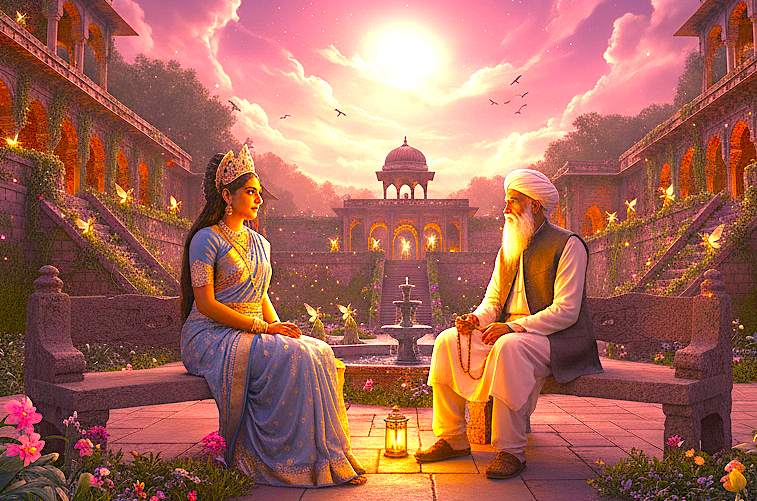
Although Pari Mahal does not house traditional religious idols, its spiritual resonance is profound, rooted in both ancient geography and Sufi history. Hari Parbat hill, the sacred abode of Goddess Sharika - Durga, whose divine presence is felt across Srinagar. Furthermore, the palace was dedicated to Sufi Saint Mullah Shah Badakhshi, making it a key site for Sufi spiritual learning and contemplation rather than worship. The reverence here is therefore dual: one honoring the protective natural energy of the Goddess, the other honoring the legacy of wisdom and mysticism.
Ancient Technologies: Sacred Sound, Geometry & Astrological Influences
The construction of Pari Mahal demonstrates a rich understanding of Vastu Shashtra - sacred geometry and its implications on spiritual energy. The layouts of the gardens and terracing patterns adhere to principles derived from ancient knowledge, channeling energies through their design. The incorporation of water channels resonates with various sound frequencies; when water flows, it creates a calming sound that influences relaxation and reflection. The design facilitates Solfeggio frequencies, particularly 528 Hz, known for its healing qualities. This frequency resonates with intentions of love and transformation.
Festivals of Devotion: Honouring the Sacred and the Divine
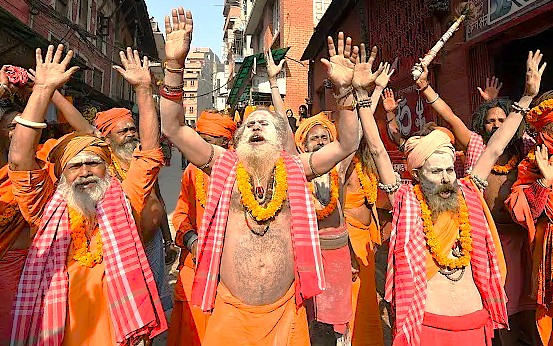
Annually, the community observes several festivals, with Maha Shivaratri being a prominent celebration. This event, typically held in February or March, is dedicated to the worship of Shiva. Devotees from around the region gather to participate in rituals at local temples, including the nearby Shankaracharya Temple. The festival signifies spiritual growth and renewal, reflecting collective values within the community. Other notable events include Navroz, the Persian New Year, celebrated in March, which highlights unity among diverse communities in the region.
Serendipitous Meetings - Beyond the Main Path
Pari Mahal Srinagar Kashmir. Walking the surroundings leads to wonderful discoveries beyond the well-trodden paths. You may encounter local artisans selling handmade crafts, artisan textiles, and intricate woodwork emblematic of Kashmiri traditions. The excitement of these unplanned encounters adds to the charm of the palace's grounds. Strolling through the town can lead you to small workshops where craftsmanship unfolds in real time, illustrating the dedication and heritage that continues to thrive today.
The Gods Of Pari mahal
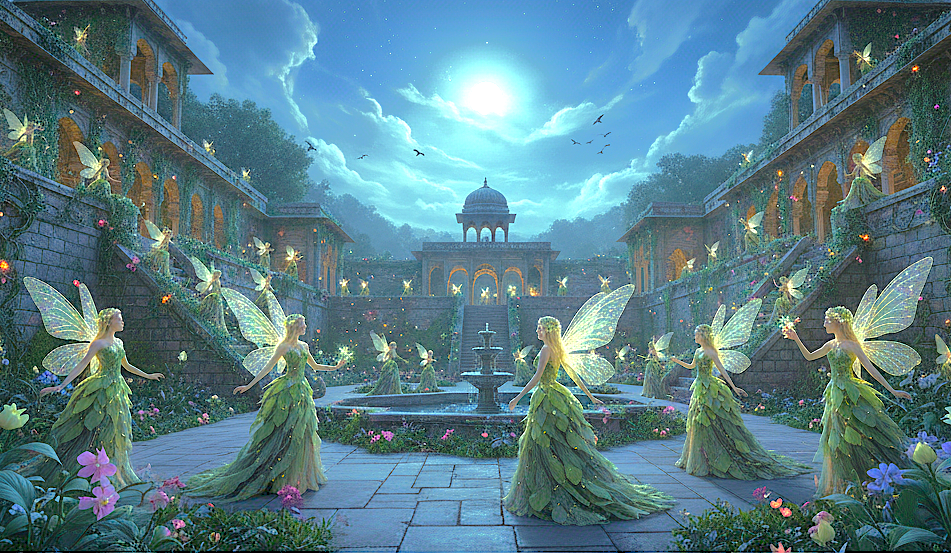
Across Kashmir, generations have grown up believing that actual fairies (Pariyan) and ethereal, supernatural beings once made their home within the palace's spectacular terraced gardens and secluded stone structures. These spirits were often portrayed as merely shy or invisible, purposefully withdrawing from human sight. Consequently, visitors who quietly explore the serene, high-altitude corners of the historical ruins frequently encounter a tangible, heightened sense of mystical presence.
We’re Going Way Beyond the Ordinary - You’re Invited
We encourage you to come on this adventure, walking through the storied grounds of Pari Mahal Srinagar. Engage with the rich history, reflect on the artistry of the surroundings, and revel in the serenity of the gardens as nature unfolds before your eyes. Join us in unearthing hidden tales, connecting with the local community, and discovering the lesser-known wonders of this wonderful site.
Symphony of Generosity: Offerings from Wanderers to Residents
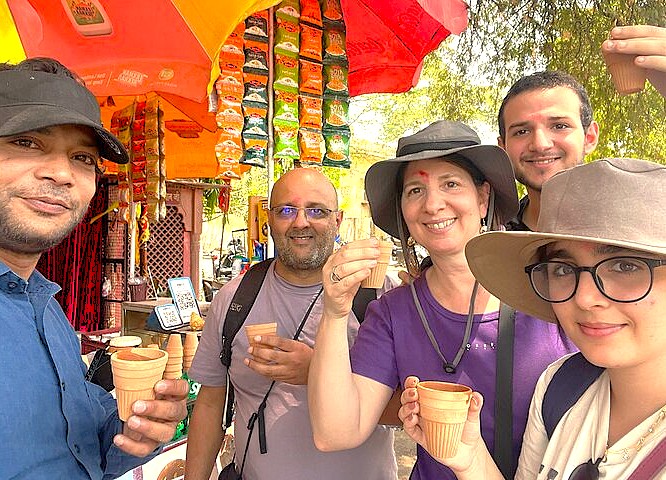
Pari Mahal, an array of exchange opportunities unfolds between the local community and those from afar. Local craftsmanship signifies this interchange, allowing community members to display their talents and traditions. Each connection paves the way for building relationships surrounding heritage, instilling a sense of belonging and commitment to preserving cultural legacies. This collaboration enriches both the local community and those who seek a deeper understanding of their surroundings, creating a harmonious blend that echoes through time.